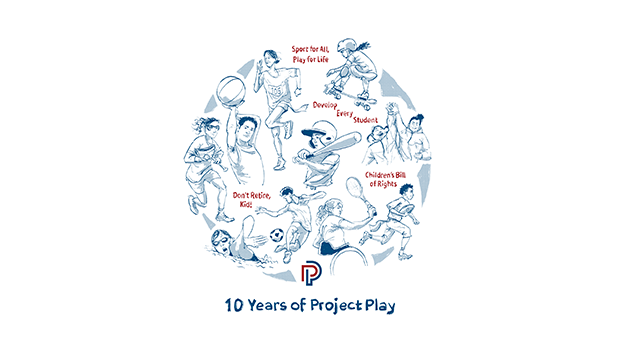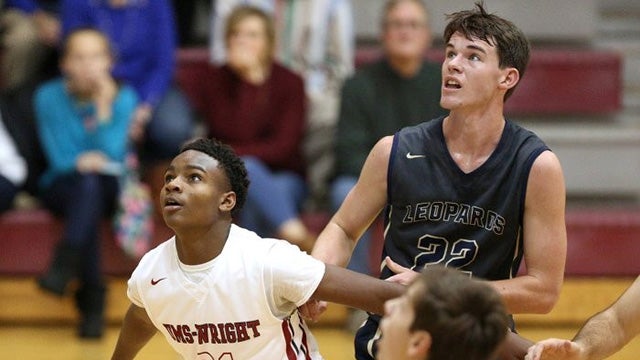On the eve of the 2012 football season, ESPN ran a series of reports about health and safety issues facing the sport. My contribution was a television piece on a 13-year-old Pop Warner star whose neck was broken while playing in a Southern California championship game. The boy’s name is Donnovan Hill, and he is now a quadriplegic. His mother carries him from room to room in their cramped apartment, and cries often, terrified at the future that lays before him. A grocery store clerk, she is financially ruined and has no idea how to pay her share of the $2 million in medical expenses he has accrued so far.
Investigative journalism creates awareness, in this case about a host of issues in youth football, including a lack of trained coaches (Hill’s coaches allegedly encouraged dangerous tackling technique). Honest reporting raises difficult questions. But then what? We can only hope the information leads to productive dialogue about measures that may help address the challenges identified.
The Sports & Society Program at the Aspen Institute was created to enrich and further the conversation about the most socially important issues facing sports. Its mission is to convene leaders, facilitate dialogue and inspire solutions that can help sport serve the public interest, with a focus on the healthy development of children and communities. The program serves as a venue to deepen knowledge and explore breakthrough ideas on a range of topics.
One of the topics on which we helped organize a discussion at the Aspen Ideas Festival in June was the concussion crisis in football, titled, “Head Games: Can Football Be Saved From Itself?” Panelist Jim Brown, the legendary (and legendarily tough) NFL running back, lauded efforts to dispense with the “macho man” ethos that permeates the sport, while sports concussion experts identified future research directions and potential remedies including a mouth guard that measures hits. Chris Nowinski, co-founder of the Sports Legacy Institute, asked the audience how often they’ve been whacked in the head lately.
“High school players take 2,200 hits to the head in a year,” he said.
On Friday, we’re going to drill deeper on the subject and extend the conversation to a broader set of thought leaders and stakeholders by hosting a roundtable featuring more than 30 leaders from the realms of medicine, academia, law, education, the military, and the football industry. Featured participants include DeMaurice Smith, executive director of the NFL Players Association, and Dr. Robert Cantu, who sparked a firestorm with his recommendation in a recent book that children under age 14 not play tackle football. They’ll be joined by Pop Warner’s Jon Butler and USA Football’s Scott Hallenbeck, organizational chiefs who contend the game can be reformed at the pre-adolescent level without moving to flag football.
Other confirmed guests include Eddie Mason, a former Washington Redskins linebacker who was one of the first NFL players to express reservations about his son playing tackle football. Nowinski will provide an update on his proposal to limit the number of hits a child can take in a week, in the same way Little League limits the number of pitches thrown. Gil Trenum brings the perspective of the school board member–as well as that of a father whose football-playing son took his own life. Jim Whitehead, CEO of the American College of Sports Medicine, can help balance the needs of safety with the need to address the nation’s epidemic of physical inactivity.
Football, after all, is America’s most popular game. The sport is played by about three million young people, according to USA Football. Many of those children are from areas where childhood obesity rates are the highest. Football is one of one of the few sports that make room for the overweight or obese, as the researcher Robert Malina notes. Would they have the same access to the sport if leagues shifted at the earlier ages to flag football, where speed trumps size? At the same time, how well is tackle football teaching fitness patterns for life? And what can be done, if anything, to reduce the rate of concussions and busted knees in high school football, whose injury rate far outpaces any other sport? Football also produces more total injuries than all other boys’ high school sports combined, according to annual data.
So many questions, all of consequence as the sport tries to move forward and assure nervous parents that football is for their children. There’s only so much terrain we can cover in a three-hour roundtable, but we expect it will achieve the aim of all our events–allowing stakeholders to share and sharpen ideas, and perhaps find common ground. For journalists, it offers one-stop shopping for story leads and sources that can further our understanding of a complex topic.
Most of all, I see these Sports & Society events as an opportunity to deliver on the investment made in me by people like Donnovan Hill. Those who have been challenged often cooperate with investigative reporters because they hope something good comes from their story. Yes, at times there’s a lawsuit or potential lawsuit in play–Hill’s mother may still file one–but they want others to learn from their experience. They define their interests broadly, and take a leap of faith that sport and other leaders will do the same.
Discussions like the one we will have on Friday, on how football can best serve children and public health, present that opportunity.
Note: The live stream runs from 11 am until 1:45 pm ET, and viewers can join in the conversation online via the twitter @AspenInstitute and with the hash tag #PlayingSafety.

